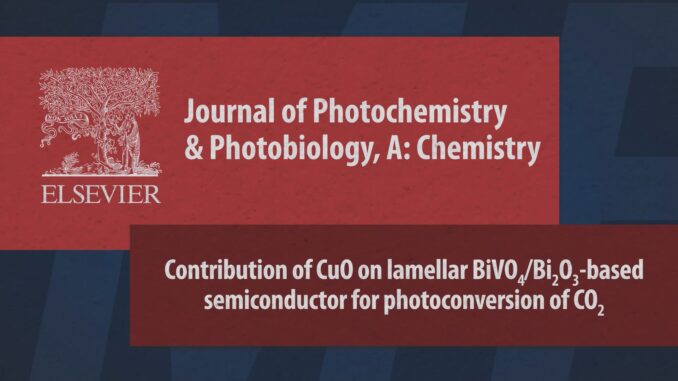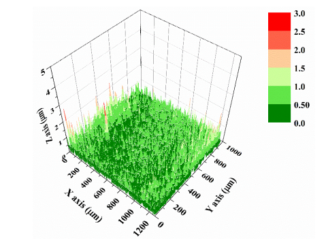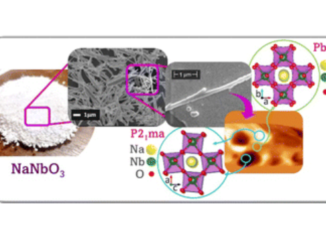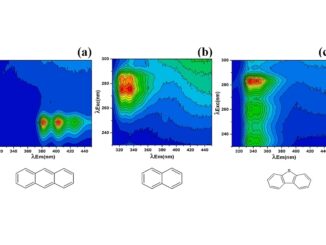
Contribution of CuO on lamellar BiVO4/Bi2O3-based semiconductor for photoconversion of CO2
Abstract: Lamellar BiVO4 is a photocatalyst recognized as an effective visible-light-driven semiconductor that is active in CO2 reduction but faces challenges such as high recombination rate and low mobility of photogenerated charge carriers. Additionaly, CuXO are well-known materials for CO2 photosynthesis, and Bi2O3 improves the generation of organic compounds from CO2 reduction with more than one carbon. In this sense, this paper evaluates the influence of small amounts of copper oxide on lamellar BiVO4-Bi2O3 prepared by a microwave-assisted route on the CO2 photoreduction activity. Lamellar BiVO4-Bi2O3 powder catalysts modified by different percentages of CuO were synthesized using microwave heating at 140 °C and 1200 rpm for 15 min. Electrochemical and photochemical characterizations showed that small amounts of copper, such as 1.0%, enhanced the absorption of visible light, improved charge transfer, mitigated charge recombination, and increased the yield of products (acetone and methanol). Furthermore, the flat band potential of the catalyst modified with 1.0% of copper was located at a more negative potential than the unmodified sample, which favored the photocatalytic reduction of the CO2. As a result, the study achieved a 38-fold improvement in methanol generation (1373.5 µmol L−1 gcat−1) and a 62% increase in acetone formation (12.5 µmol L−1 gcat−1) under UV–Vis light incidence over 2 h of reaction at ambient pressure and temperature, compared to pure BiVO4 (36.3 µmol L−1 gcat−1 of methanol and 7.7 µmol L−1 gcat−1 of acetone).
Author(s): Corradini, P. G.; Brito, J. F.; Blaskievicz, S. F. ; Salvati, B. S.; Menezes, B. C. S.; Zanoni, M. V. B.; Mascaro, L. H.
Journal of Photochemistry and Photobiology A: Chemistry
Published: 1 October 2023, Volume 444, 114901
DOI: https://doi.org/10.1016/j.jphotochem.2023.114901
CDMF
The CDMF, hosted at the Federal University of São Carlos (UFSCar), is one of the Research, Innovation and Dissemination Centers (RIDC) supported by the São Paulo State Research Support Foundation (Fapesp), and also receives investment from the National Council Scientific and Technological Development (CNPq), from the National Institute of Science and Technology of Materials in Nanotechnology (INCTMN).




